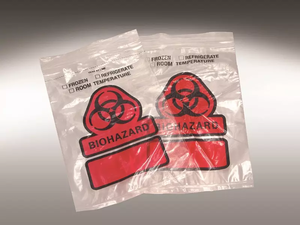
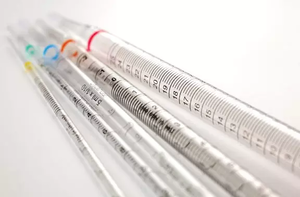
When you work in a medical laboratory, you'll get exposed to different kinds of lab instruments and equipment. Therefore, anybody working in medical laboratories will be familiar with serological pipettes. These are laboratory instruments used for transferring liquid from one vessel to another. They have gradations along the sides. These are important for the measurement of the quantity of liquid that's dispensed or aspirated.
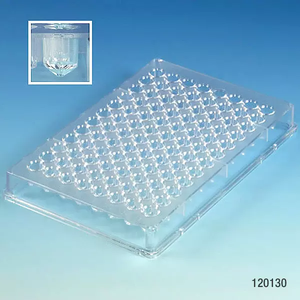
Cell culture plates are used in laboratories to provide optimum conditions for cell culture. A cell culture plate provides the right conditions for the growth of cell cultures. They are usually transparent to allow visual assaying, and the dishes can be either V-shaped, flat, or round at the bottom. They often have lids to protect the samples which might be placed in multiple wells for storage, experimentation, and screening.
While not all cell types require cell culture plating and can grow well in a liquid suspension, others called adherent cells need a surface onto which to latch. Most cells that have been sampled from solid tissues are adherent, so require a cell culture plate for growth and observation.
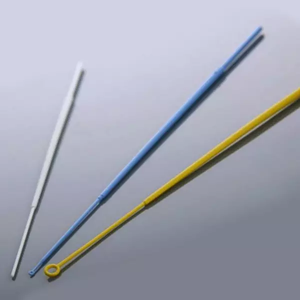
Spreaders, often known as cell spreaders, are tools used in the laboratory that allow for samples to be smoothly spread onto a petri-dish or plate. Chiefly used in the biological field with cell and bacterial samples, spreaders are made in three main shapes: the L-shape, the T-shape, and the triangular shape.
They are manufactured from various materials, depending on their function. These materials include glass, metal, or even plastic these days. Each of these materials has distinct advantages and disadvantages.
Glass, for example, can easily be sterilized for reuse time and time again. On the downside, though, glass is fairly easy to break. Broken glass, in turn, poses a potential danger to researchers in the laboratory. On the other hand, plastic does not need sterilization because these spreaders come ready-sterilized.
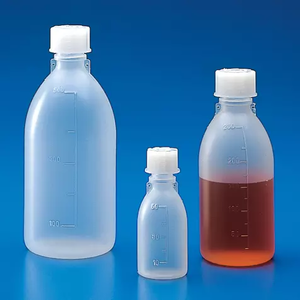
You should concern yourself when you work in laboratories, especially if you use solutions and chemicals. Containers for these chemicals should be safe for handlers. This is important to avoid any incidents that can cause injuries.
Laboratories have been relying for decades on glass bottles because they are resistant to most solutions and chemicals. However, they break easily. This property could be a safety risk, especially if their contents are dangerous. The advent of plastics has given us plastic bottles, which is a very safe alternative. These cost much less than glass bottles. Their proper care and use can give you years of dependable performance.
-No-arrow-WebRes.webp)
Glass out-performs plastic with its high chemical resistance against many substances, including acids, alkalis, organic solvents, saline solutions, and water. The only substances that can destroy glass are hydrofluoric acid, strong alkalis used at high temperatures, and concentrated phosphoric acid.
Additional advantages to using glass in the lab include its dimensional stability, even at high temperatures, and its transparency. Other advantages include the fact that many sizes of many pieces of laboratory equipment are available, and glass is easy to clean. It is suitable for reagent and chemical storage, and Pyrex, a type of glass, is resilient to heat.
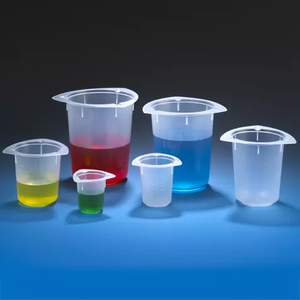
Beakers are one of the most oft-used pieces of equipment in the laboratory. At the most basic level, beakers can hold samples of whatever you’re studying. As they come in different sizes, they can be used for a multitude of other functions, such as preserving a small chemical reaction.
Experiments that result in a liquid product utilize beakers to catch the liquid. Beakers are also used in experiments involving chromatography and are widely used in research, education, and industry.
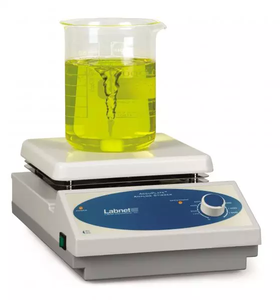
Nowadays, finding the right hotplate stirrer can be a tedious task. This is because there are a lot of products available now. Before you choose a product for your laboratory, it's essential to learn more about it.
A hotplate stirrer is a device used in laboratories and its primary function is to spin or rotate a container of liquid quickly to stir its contents. Such devices are typically used in biology and chemistry. They're quieter and more efficient than motorized stirrers driven by gears. Hotplate stirrers are also smaller and easier to maintain. That is as compared to other devices used for stirring. They also include a hotplate which is essential for heating the samples.
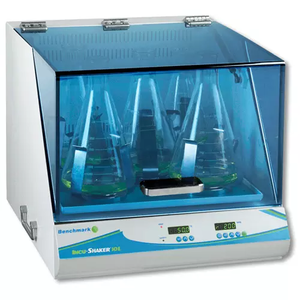
Shaking incubators are also known as environmental shakers. These are a type of lab equipment which you can use for different purposes. These include solubility studies, aeration of cells, culturing of cells, and more. Such equipment provides a consistent temperature as well as orbital agitation.
You can set the shaking incubator at different speeds to promote cell growth. Usually, these types of equipment have adjustable stroke lengths. This is important for various applications and cells. It's necessary for you to understand the value of shaking incubators. To do this, let's answer some of the most common questions about them:
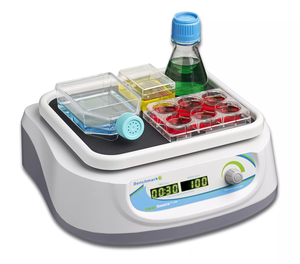
The orbital shaker is useful for research work in the field of physics and biology. The laboratory equipment is useful for culturing microbes, agitating substances and general mixing and blending.
Shakers come in various sizes, textures, and formats, which makes it confusing to decide which one is best suited to your laboratory. To help you narrow your options down, it is important that you answer the questions below.
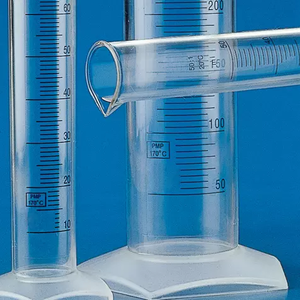
The simplest tools in a lab or facility are often some of the most essential. It’s difficult to imagine how a researcher could do their job without critical items like sample cups and graduated cylinders.
.webp)
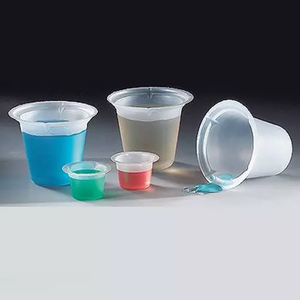
NextDayScience serves industrial, government, pharmaceutical, educational, and life science industries. The company provides laboratory consumables, research equipment, digital imaging, and microscopy products to customers around the world.
Strategic alliances with manufacturing companies allow NextDayScience to provide streamlined and cost-effective solutions for their clients. Four types of laboratory supplies the company carries include:
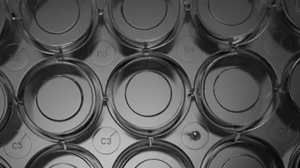
Tissue culture is a generic term for organs and cell cultures. The termis used interchangeably. Cell cultures come from cell suspension and primary tissue explants. Primary cell cultures have a finite life span.
Tissue culture is a technique or process of making tissue grow in a culture medium that is outside the organism. When direct access to cells is needed, culture dishes are the choice formats. The cell culture dishes used in the process must be sterile.
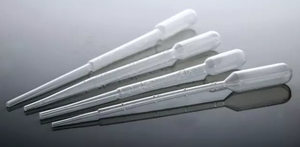
The serological pipette is a laboratory instrument that transfers liquids measured in volume by ml. Most have graduations on the side for measuring the liquid being dispensed or aspirated. An important step when culturing or plating cells is the even distribution throughout a solution.
The use of serological pipettes is an efficient and gentle means of mixing cell suspensions. They can also be used for mixing reagents and chemical solutions. After treatment or isolation of experimental cell cultures, serological pipettes are useful in transferring colonies of cells for further empirical analysis or expansion.